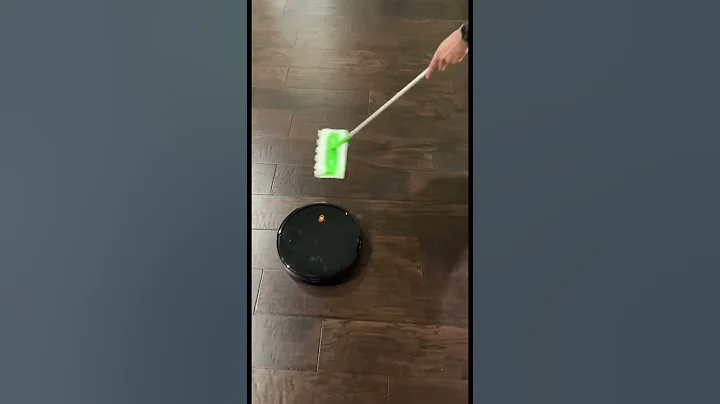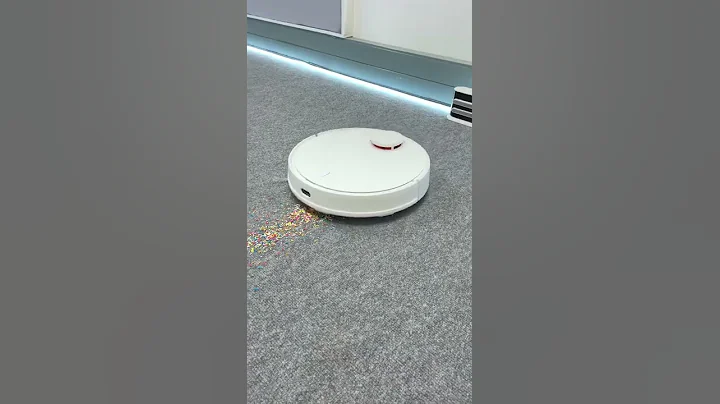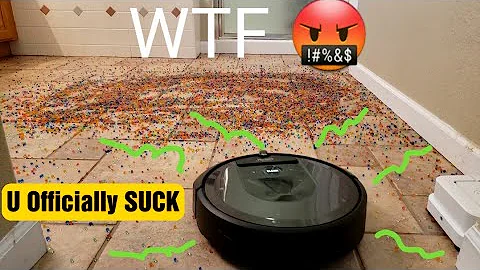The air-cooled heat pump is one or more hosts connected in parallel, connected to the air-conditioning end of the entire building through water pumps and water pipes; it mainly consists of the air-cooled heat pump host, expansion water tank , water pump, water treatment device, water filter, pipeline valve It is composed of , air conditioning terminal and other parts.
As the cold and heat source of the central air conditioner, the air-cooled heat pump hot and cold water unit has the advantage of being used for two purposes. At least one four-way reversing valve is added inside the unit, which can switch between cooling and heating conditions, improving The utilization rate of the unit. When cooling, condenser is air-cooled, eliminating the need for a cooling water system for a water-cooled chiller; when heating, a heat pump operation mode is used.

In summer, the unit is in cooling state, and the refrigerant flow is:
compressor exhaust port high temperature and high pressure gas → four-way reversing valve → fin heat exchanger high pressure subcooled liquid → one-way valve 1 → liquid storage tank - filter dryer → sight glass → expansion valve low temperature and low pressure liquid → one-way valve 4 → evaporator low temperature and low pressure gas → four-way reversing valve → gas-liquid separator → Compressor suction port.
When the unit is in heating state in winter, the refrigerant flow is:
High-temperature and high-pressure gas at the compressor exhaust port → four-way reversing valve → high-pressure subcooled liquid in the evaporator → one-way valve 2 → liquid storage tank → filter dryer → Sight glass → Expansion valve low-temperature and low-pressure body → One-way valve 3 → Fin-type heat exchanger → Low-temperature and low-pressure gas → Four-way reversing valve → Gas-liquid separator → Compressor suction port.
VRV system is an outdoor unit equipped with multiple indoor units. It is a direct expansion air conditioning system that can adapt to load changes in each room by changing the refrigerant flow rate. By controlling the refrigerant circulation volume of the compressor and the refrigerant flow rate entering the indoor unit, the load and output of the system's cooling and heating requirements are met.
Principle of VRV: VRV system is mainly composed of indoor unit, outdoor unit, refrigerant pipe and control part. The indoor unit is the terminal device part of the VRV system. It is a unit with an evaporator and a circulation fan. It has the same principle as our common split air conditioner indoor unit. When the load demand of the entire system decreases or increases, the outdoor unit controls the refrigerant circulation amount of the compressor.
In the VRV system, two components are essential:
1: variable frequency compressor;
2: electronic expansion valve .
The current intelligent variable frequency multi-split system is a multi-split system widely used in China. This system generally uses dual compressors, one fixed frequency and one variable frequency . When some indoor units are turned on, the energy efficiency is relatively full. Time high. At partial load, the outdoor unit can operate within 135% of the capacity ratio coefficient of the indoor and outdoor units (note: most manufacturers do not allow over-configuration of 130%).
Comparison between air-cooled heat pump and VRV multi-split system
Cooling method:
Multi-spring system: refrigerant → air, one heat exchange, high heat exchange efficiency.
Air-cooled heat pump: refrigerant → water → air, secondary heat exchange, loss.
Application occasions:
Multi-connection system: It can be used from small to large scale, but there are pipe length restrictions.
Air-cooled heat pump: widely used, mostly in medium and large-scale places
Design content:
Multi-connection system: layout of indoor and outdoor units, refrigerant pipes, and condensate pipes.
Air-cooled heat pump: host, water pump, air conditioning box, fan coil , expansion tank and other designs.
Pipe length:
Multi-connection system: There are certain restrictions on the distance between indoor and outdoor units and the height difference. When designing, it is necessary to consider related factors such as the placement of outdoor units, system division, and pipe length attenuation.
Air-cooled heat pump: There is no limit on the length of the host machine and the end pipe, but the longer the pipe, the greater the capacity requirement of the water pump.
Comfort:
Multi-connection system: Poor comfort, the supply air temperature is too low, destroying the body's own heat balance , resulting in an extremely uncomfortable feeling, leading to illness of indoor personnel, that is, " air conditioning disease "; the air is dry in winter , the humidity is too high in summer; it can effectively filter and purify, with high cleanliness.
Air-cooled heat pump: uses water as the transport medium, and the air supply temperature is suitable (cold source 7-12°C, air outlet temperature 10-15°C); no electric auxiliary heating is required, and the humidity will not be destroyed; the air flow is well organized and the comfort level is Too high to effectively filter and purify.
Noise:
Multi-connection system: indoor unit has low noise; outdoor unit has low noise.
Air-cooled heat pump: the outdoor unit is noisy; the water pump is noisy
Initial investment:
Multi-connection system: the equipment price is higher.
Air-cooled heat pump: The equipment price is lower.
Individual operation:
Multi-online system: Under partial load conditions, high energy saving is achieved by combining a fixed frequency compressor and a variable frequency compressor.
Air-cooled heat pump: The starting capacity is large, which makes it inconvenient to use and the energy saving performance at low load is not high.
Temperature:
Multiple online system: The temperature control accuracy is high.
Air-cooled heat pump: Temperature control accuracy is low.
Control:
Multi-connection system: VRV system, whether outdoor unit or indoor unit, has its own electronic expansion valve and computer control panel. If it needs to be connected to the building automation system, it is relatively easy.
Air-cooled heat pump: The host, water pump, terminal, etc. output analog signals. If they need to be connected to the building automatic control system, the control system is relatively complicated and will increase the cost.
Cost:
Multi-connection system: VRV system (about 400 yuan/square meter).
Air-cooled heat pump: Air-cooled heat pump system (about 350 yuan/square meter).
Antifreeze:
Multi-connection system: There is no antifreeze operation problem in winter.
Air-cooled heat pump: There are antifreeze operation problems in winter.





















